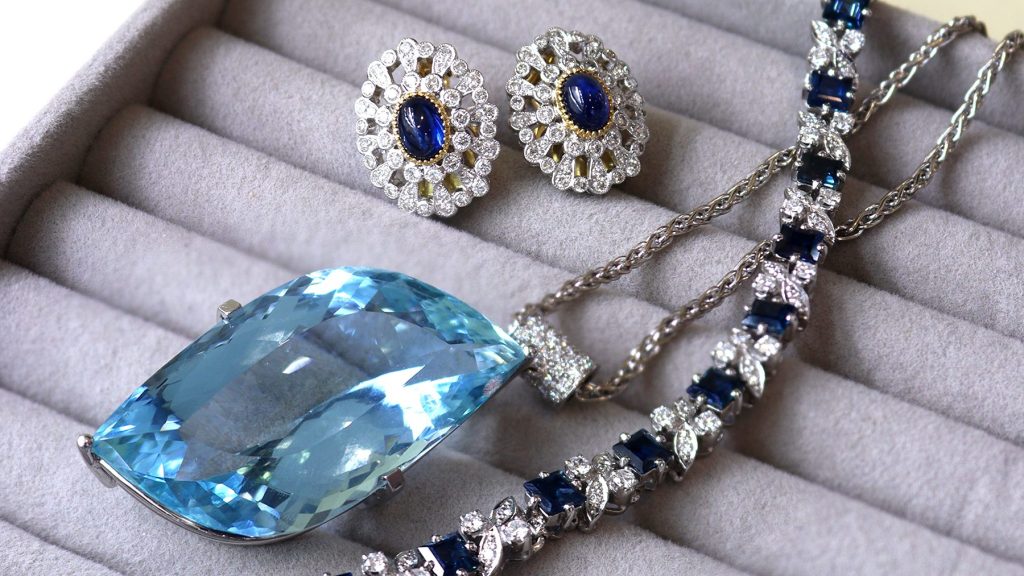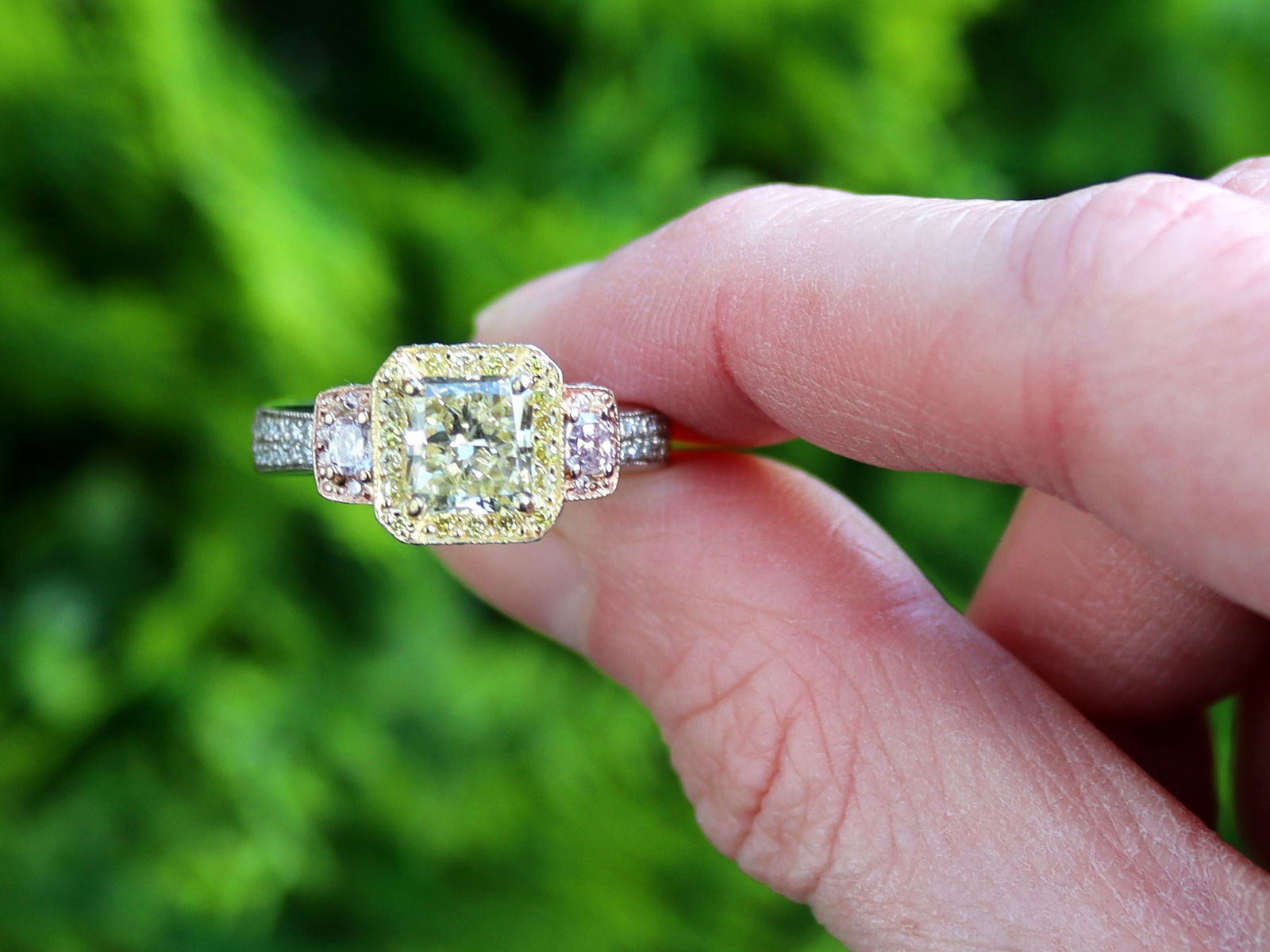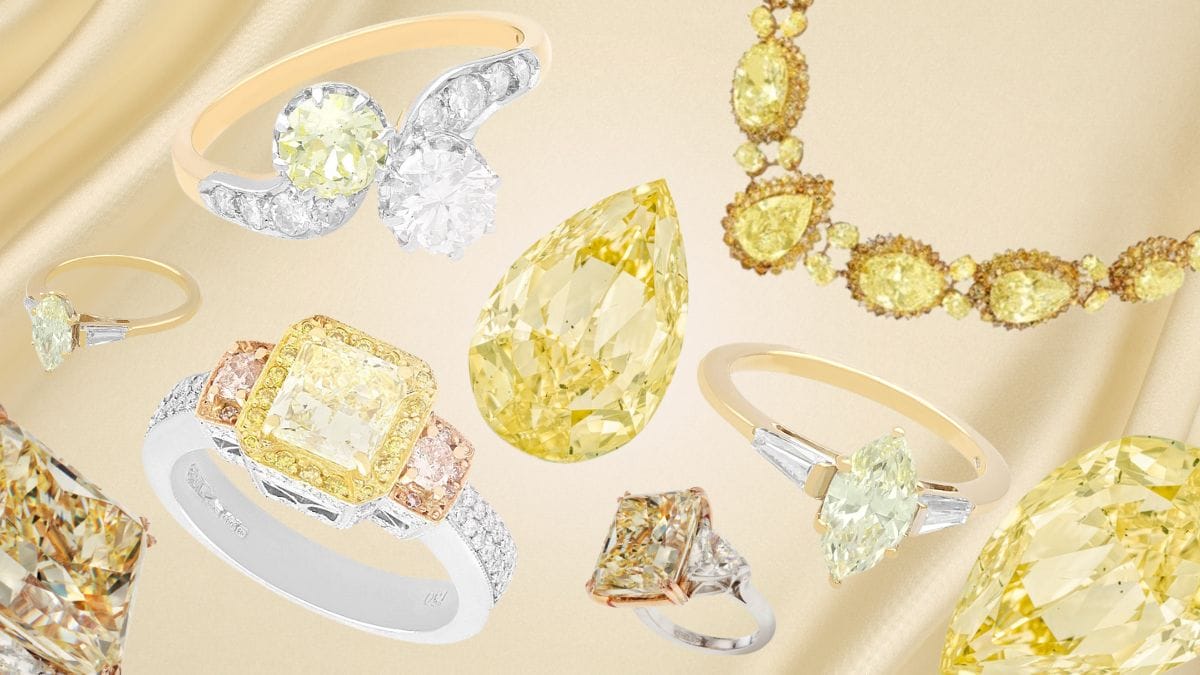Art Deco jewellery is an iconic expression of the 1920s and 1930s, a period marked by rapid technological advancement and bold artistic evolution. It seamlessly blends the contrasting influences of nature’s organic beauty with the streamlined aesthetics of industry. The Art Deco movement, characterised by geometric patterns, symmetry, and vibrant colour contrasts, extended into jewellery design, where artisans masterfully balanced natural motifs with industrial elements. This unique fusion created some of the most striking and enduring pieces in jewellery history.
Nature-Inspired Motifs in Art Deco Jewellery
Despite its strong association with modernity, Art Deco jewellery frequently drew inspiration from the natural world. Designers incorporated floral motifs, often stylised to fit the movement’s structured aesthetic. Pieces featured delicate representations of flowers, leaves, and exotic animals, crafted in symmetrical and angular forms. A fine example of this influence is the 3.67ct Diamond and Platinum Floral Brooch, Art Deco Antique Circa 1930, which showcases intricate floral detailing characteristic of the era. Cartier, a key player in Art Deco jewellery, was known for its elegant panther designs, while designs incorporating birds, butterflies, and sunbursts symbolised a fascination with movement and life. These motifs reflected a desire to harmonise the natural and the modern in a way that felt innovative and luxurious.
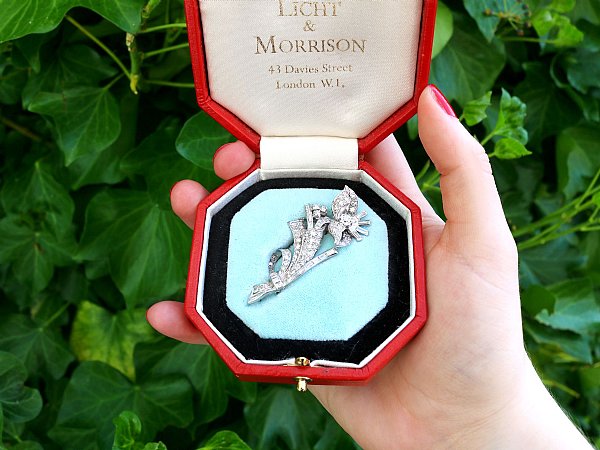
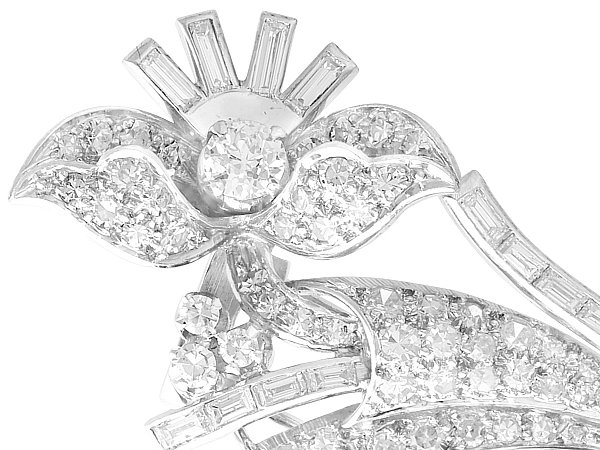
The Influence of Industry and Architecture
While nature played a vital role in Art Deco jewellery, the era’s industrial advancements heavily shaped its design. The jewellery of this period was inspired by architectural marvels, such as the Chrysler Building and the Eiffel Tower, both known for their sleek lines and bold geometric forms. Platinum and white gold became popular choices, as they complemented the clean, polished look of industrial design. Sharp angles, stepped patterns, and repetitive motifs mirrored the Art Deco style found in skyscrapers, automobiles, and even machinery, emphasising a fascination with progress and modernity.
Materials and Techniques
Art Deco jewellery made use of a variety of materials, often pairing precious stones with newly available synthetic alternatives. Diamonds, emeralds, sapphires, and rubies were frequently used in striking contrast to onyx, coral, and mother-of-pearl. A stunning example is the Untreated 8.89ct Ceylon Sapphire and Diamond Ring in Platinum, which embodies the era’s love for rich colours and refined settings. The emphasis on bold colour blocking and high-contrast materials reflected both the richness of nature and the structured precision of industry. Additionally, the use of new setting techniques allowed gemstones to be arranged seamlessly, further reinforcing the era’s love of symmetry and innovation.
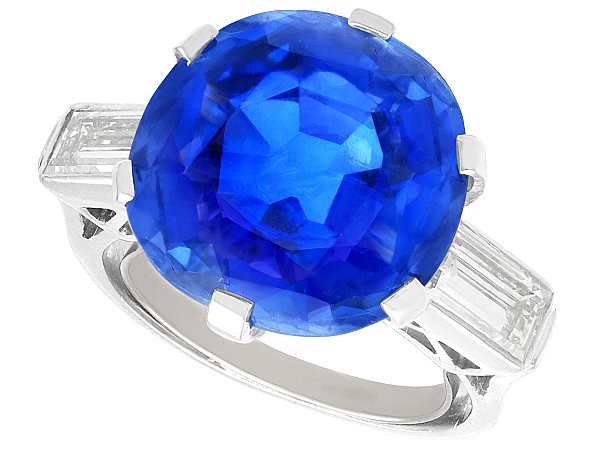
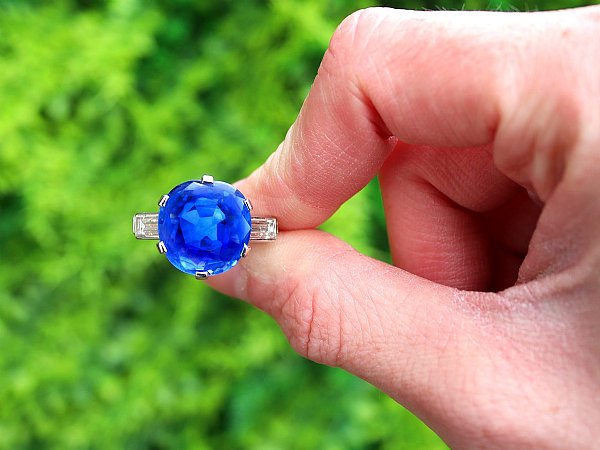
The Lasting Legacy of Art Deco Jewellery
Even a century later, Art Deco jewellery remains a source of fascination and inspiration. Its ability to balance organic and industrial influences makes it a timeless choice for collectors and designers alike. Modern jewellers continue to draw on Art Deco motifs, reinterpreting them with contemporary materials and techniques. Whether through vintage pieces or modern adaptations, the movement’s enduring appeal lies in its unique blend of elegance, structure, and artistic ingenuity. Art Deco jewellery is a testament to an era that celebrated both the beauty of the natural world and the bold vision of an industrialised future.
Art Deco jewellery stands as a remarkable testament to the creative dynamism of the early 20th century, where nature and industry go hand-in-hand in dazzling harmony. Through intricate craftsmanship, innovative materials, and striking design, jewellers of this era crafted pieces that continue to captivate collectors and enthusiasts today. Whether inspired by the natural world or the machine age, Art Deco jewellery remains a symbol of timeless sophistication and artistic excellence.

